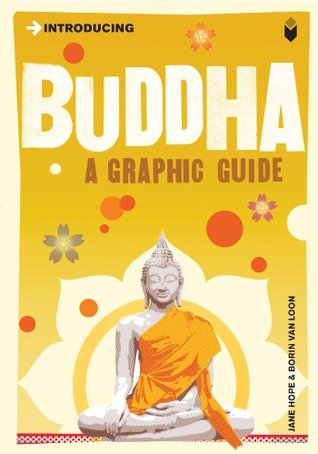More on this book
Community
Kindle Notes & Highlights
In the Buddhist lineage, knowledge is not handed down like an antique. One teacher experiences the truth of the teachings and hands it down as inspiration to his students. That inspiration wakens the student who passes it on further. The teachings are seen as always up to date, they are not thought of as “ancient wisdom”.
The Buddha did not start teaching by talking of his enlightenment, of bliss or openness or clarity; he started by talking about the truth of suffering.
As human beings we all suffer from a fundamental anxiety that creeps into all our activities and makes lasting peace or joy impossible.
The peace and equanimity of the Buddha comes from an acceptance of the transitory nature of life.
The Sanskrit word for this circular chain is samsara. Samsaric existence is endless, so long as we live in ignorance.
The more we cling to the belief in a self, the more pain and alienation we feel.
In meditation practice, we learn to let go of the thoughts and fantasies that block the direct intuitive experience of who and what we really are. Our constant mental activity is what maintains the illusion of a separate self, and this effort makes us weary.
Karma literally means “action” – it is the law of cause and effect. Karma is both the power latent within action and the results our actions bring. Each action, even the smallest, will have consequences.
The development of maitri comes about when we start to accept negativity as part of the path.
We have to make friends with ourselves and be kind to those aspects of ourselves we like least. Learning to be kind to ourselves brings the discovery that fundamentally we are quite soft. We become hard when we habitually deny our own woundedness and blame others for causing our pain. In admitting our own hurt, we become soft and vulnerable.


